Introduction to Sedums as Succulents
Step into the fascinating world of Sedum plants, affectionately dubbed “Stonecrops,” and you’ll find yourself amidst a diverse family of hardy, resilient greenery. These botanical beauties boldly claim their place within the succulent realm, showcasing a remarkable ability to thrive where others might shy away. But why, you may wonder, do sedums earn the esteemed title of ‘succulent’? Let’s dig our hands into the soil of knowledge and unearth the essence of these succulent sensations.
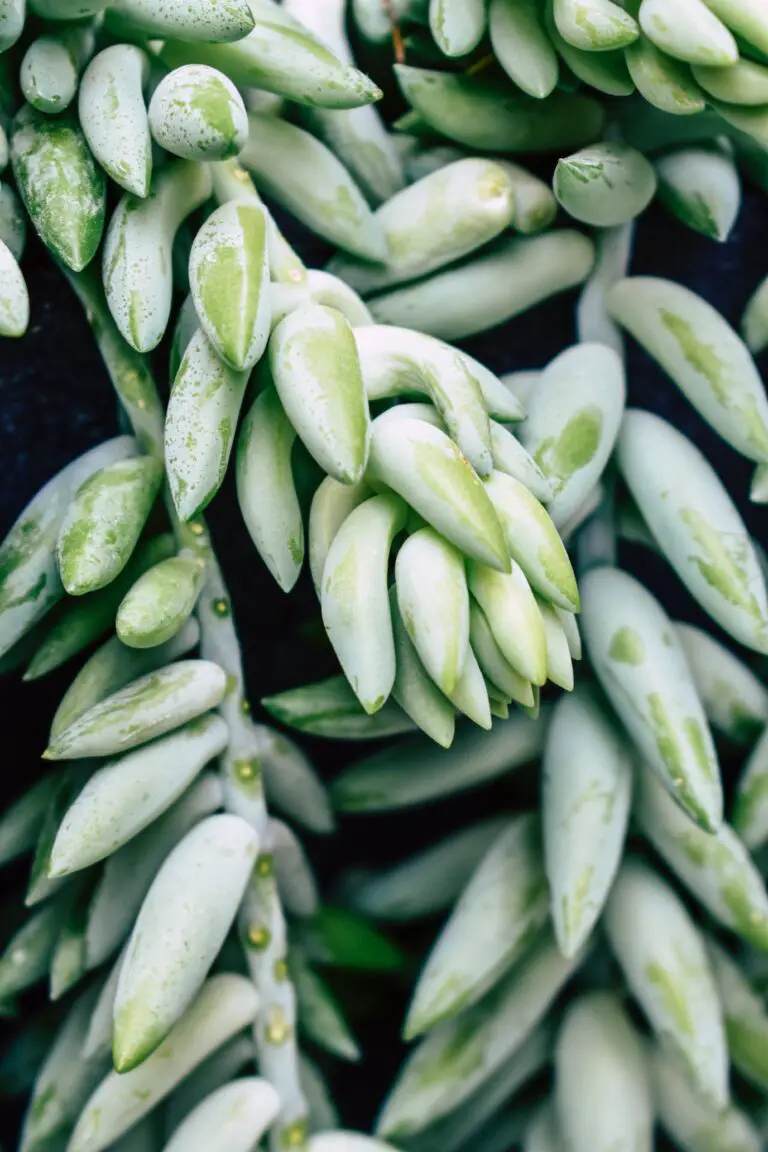
Imagine a plant that hoards water like a desert wanderer with an unquenchable thirst—this is the hallmark of the succulent squad. Sedums, with their plump, moisture-rich leaves, are no strangers to this water-wise strategy. Crafted by nature to face the sun’s relentless gaze, sedums store liquid life in their leaves, waiting patiently for dry spells that would make less adaptable plants wilt in despair.
Take a leisurely stroll through a succulent-infused garden, and you might spot sedums showing off their foliage in shades of green, gold, or even ruby red. Their ability to complement the aesthetic of various garden designs while contributing to its drought-tolerant virtues exemplifies their role in the plant world. From rock gardens to green roofs, sedums slip seamlessly into the landscape, embodying the true spirit of succulents: resilience, beauty, and, quite literally, the ability to suckle at their own stored resources.
These versatile vegetative virtuosos can morph from ground-hugging carpet to upright floral spires, flaunting clusters of star-shaped blooms that lure pollinators from near and far. In this way, sedums play more than the part of decorative darlings—they’re environmental enablers, tantalizing the eyes of onlookers and the appetite of nature’s busiest workers alike.
There you have it—a brief introduction to why sedums claim their rightful place among their succulent kin. Their capacity to conserve, combined with a chameleon-like nature, marks them as jewels in the crown of drought-tolerant gardening. They’re not just survivors; they’re miniature marvels of adaptation and allure—true succulents through and through.
The Unique Features of Sedum Plants
Ever wondered how some plants can thrive with minimal water, showing off their plump and fleshy leaves like nature’s own water bottles? Enter the world of Sedum plants, the versatile little wonders often referred to as stonecrops. These hardy perennials embody the very essence of succulent life, stocking up on moisture to defy dry spells. So, are sedums succulents? You bet they are, and they’re here to prove it with their one-of-a-kind features.

Picture this: a sprawling ground cover of Sedum ‘Dragon’s Blood’, turning a stunning shade of red as fall approaches, or perhaps the unforgettable ‘Autumn Joy’ with its broccoli-like blooms reaching for the sky. Sedums come in a kaleidoscope of forms, ranging from low-lying carpets that hug the earth to statuesque upright shrubs that command attention. But regardless of their stature, they all share a love for tucking away water in their thick, lush leaves.
Their sculptural forms are not just about good looks; these plants are survivalists. Parched summers? No problem. They’re well-prepared with a personal reservoir, their leaves. It’s like having a pantry stocked for the winter, but for Sedum plants, it ensures they can endure long, dry periods with a grin on their leafy faces.
If you’re keen on diving deeper into the art of succulent care, you’ll discover that Sedum’s unique ability to hoard water in its leaves makes it a delightful, low-maintenance option for both novice and seasoned gardeners alike. By mimicking their natural rugged terrain at home, offering them ample sunlight, and avoiding overwatering, these succulents will flourish with minimal fuss.
So next time you spot a Sedum, take a moment to appreciate its smart design—nature’s way of coping with the ‘thirsty times’ through the plump, juicy leaves that make sedums the beloved succulents they truly are.
Diverse Varieties of Sedum
Imagine a botanical palette so varied that it spans from the popular ‘Autumn Joy’ with its luscious pink blooms to the dark, mystical allure of ‘Dragon’s Blood’, a sedum that thrives even in the chill embrace of winter. In the vast world of sedums, or stonecrops as they are affectionately known, diversity is not merely a notion, but a thriving, living spectacle. These succulents are a testament to the adaptability of nature, capturing the essence of survival with their resilient forms and colors.
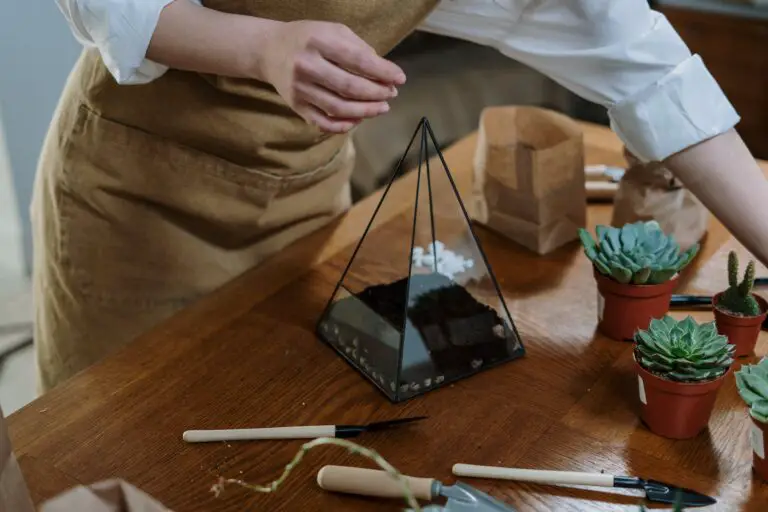
Step into any garden, and you might encounter the ‘Autumn Joy’ sedum, standing proud with its robust flower heads that seem to hold on to the last warm rays of summer while bracing for the fall. And yet, in contrast, the ‘Dragon’s Blood’ sedum paints the ground with a fiery red, reminding us of life’s vigor even as temperatures drop. These sedums are not only a joy to behold but also hold the secret to withstanding diverse environments, from baking sun to freezing snow.
Did you know that sedums can be more than just your fair-weather friends? Their adaptability makes them excellent companions for groundcover gardens, where they provide a relentless burst of color, texture, and life, no matter the season. Witnessing these hardy plants flourish is truly experiencing Mother Nature’s masterclass in resilience and beauty.
Seasonal Spectacles and Hardy Habits
As the seasons turn, so do the hues of sedums. From the soft greens and pastel colors of spring to the vibrant reds and purples of autumn, these plants don’t just survive; they perform an enchanting dance with the calendar. And let’s not forget their hardy nature. These succulents can fend for themselves, storing water in their plump leaves and stems, ensuring that even a forgetful gardener is greeted with success.
“Could there be more to sedum’s talents?” you might wonder. Absolutely! Apart from mesmerizing us with their beauty, they are eco-champions, inviting vital pollinators into the garden, and teaching us the value of biodiversity. Sedums show us that to nurture a garden is to embrace life in all its facets, from the tiniest insect to the most vivid blossom. It’s a tapestry woven with threads of sustainability and splendor.
Caring for Sedums: Tips and Tricks
When it comes to sedums, or ‘stonecrops’ as they’re affectionately known, think of them as the unassuming heroes of the succulent world. You want a plant that’s as resilient as it is charismatic, and sedums fit the bill. Now, let’s dive into the nitty-gritty of nurturing these hardy troopers.
Let There Be (Sun)Light!
Like that one friend who thrives on endless summer days, sedums soak up the sun with a voracious appetite. Full sunlight is their jam, helping them flaunt vibrant colors and maintain solid structures. Imagine a sedum basking in at least 6 hours of sunlight, turning your garden into a tapestry of colors—just think of the ‘Autumn Joy’ variety radiating with hues of autumn leaves under a crisp blue sky!
Water Wisdom: Less is More
Here’s a toast to the low-maintenance nature of sedums: they don’t demand much H₂O! Overwatering is the fast lane to unhappy roots, so keep the drinks infrequent and moderate—think of a light drizzle rather than a downpour. Get into the rhythm of watering only when the soil feels dry. For a closer look at how to master this art, check out this video!
Remember, sedum will give you blatant hints if the water balance is off: leaves turning yellow is the plant crying out, “Hold off on the watering can, buddy!”
Soil Stories: The Right Foundation
Soil is to plants what home is to us—a place where they can thrive. For sedums, it’s all about drainage! They disdain ‘wet feet’ and crave a bed of well-draining soil, much like a gritty desert oasis. Mix in some sand or gravel to really let that water flow through smoothly. It’s akin to giving sedums their very own ‘beach vacation,’ right in the pot!
Now if you’re wondering, “Where do I go from here?” Don’t worry! There’s a treasure trove of best practices at your fingertips for further guidance on making your sedums feel right at home.
In a nutshell, caring for sedums is pretty straightforward: bask them in sunshine, spare the water hose, and let their roots breathe in loose, gritty soil. Do this, and you’ll become the best ‘plant parent’ a sedum could ask for!
The Role of Sedums in Garden Design
Sedums, with their captivating shapes and diverse hues, have long been a cornerstone in the architectural tapestry of garden design. By virtue of their ease of care and sheer versatility, these stoic succulents have found their way into the hearts of gardeners and landscapes alike. Let’s delve into how the tenacious traits of sedums have shaped their use in our green spaces.
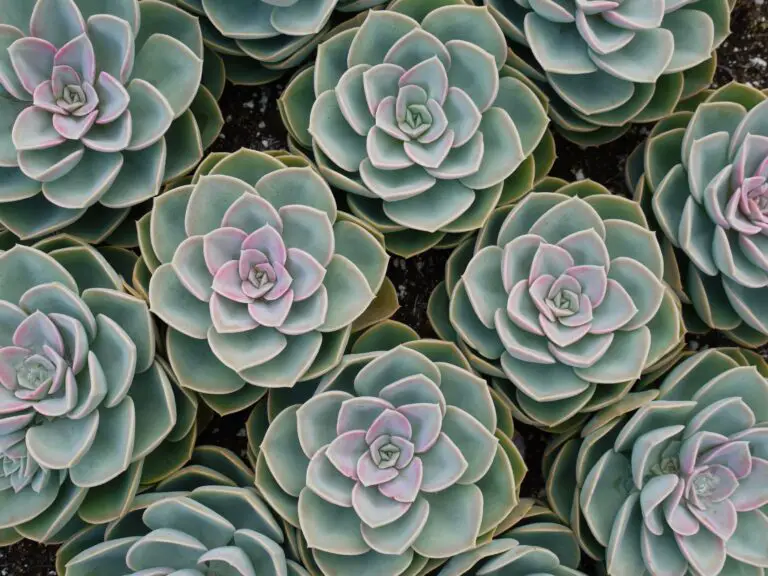
In rock gardens, sedums stand out as sculptural elements, often playing the role of living ornaments that embellish the rugged beauty of stone and gravel. The resilience of sedums allows them to thrive in these Spartan conditions, mirroring the natural outcrops where many species originated.
When it comes to walls or slopes demanding both coverage and charisma, sedums serve as an ideal candidate. Their ability to spread quickly while requiring minimal soil provides a splash of greenery without the tread of maintenance. The result is a lush, living tapestry that helps control erosion and adds visual interest to otherwise bare areas.
Not just confined to the ground, sedums make a bold statement in the arena of green roofs. As environmental consciousness rises, these plants become champions of urban sustainability. They form low-maintenance, drought-resistant blankets that insulate buildings, reduce runoff, and bring a brushstroke of nature to our cityscapes.
Envision a ground cover that is as forgiving as it is attractive, and you’ll see why sedums are the go-to choice for patches that crave a touch of verdant allure. Whether it’s to smother weeds or to add a soft bed of color, the easy-going nature of sedums makes them a popular pick for gardeners looking for low-labor beauty.
No matter where they are planted, sedums have made a name for themselves not only as steadfast succulents but also as vital components of a sustainable and enchanting garden design. Their robust demeanor enables them to withstand neglect while their diverse palette and forms imbue the garden with year-round appeal—a true testament to their merit in the world of horticulture.
Propagating Sedums: A Simple Guide
Think of sedums as the giving plants of the succulent world. With methods as simple as a gentle pluck or a modest snip, you can cultivate a whole new throng of these resilient beauties. Whether you’re a seasoned plant whisperer or a green-thumbed novice, the art of propagating sedums is a straightforward dance with nature that rewards you with an ever-expanding collection.
The Magic of Leaf Cuttings
Start with the simplest trick in the book—leaf cuttings. Picture this—each plump leaf of a sedum holds the secret blueprint to become a whole new plant. Delicately twist a healthy leaf from your mother plant and lay it upon well-draining soil. Within weeks, as if by a silent promise between you and the earth, tiny roots and shoots emerge, eager to grow.
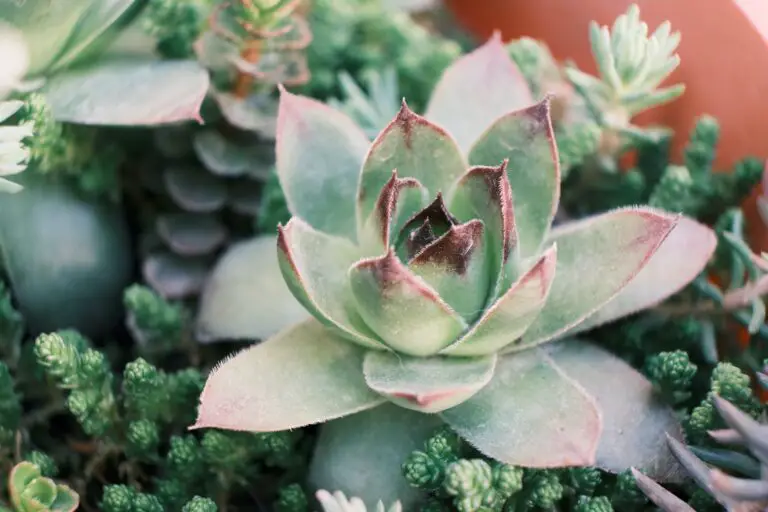
Stem Cuttings: A Snip Away from New Growth
Now let’s get a bit bolder with stem cuttings. Select a vigorous stem and snip it off just above a leaf node—that’s your future sedum’s sweet spot. Plant this fresh cutting in moist soil, and give it a warm, sunny greeting. Before you know it, your stem cutting stands tall, transformed into an independent sedum, brimming with potential.
Divide and Prosper
For those sedums that thrive in tight-knit clusters, division is your method of choice. It’s like uncovering treasure from the soil. Gently unearth the parent plant and tease apart the entwined roots, each cluster a new start. Replant these portions in their own spots, and watch as they settle into their new homes, destined to multiply and flourish under your care.
From a solo leaf daring to become more, to a stem cut reaching out to root, to a cluster of roots spreading their wings—propagating sedums is a testament to nature’s persistence and generosity. With these methods, your garden will soon whisper stories of growth and connection, with sedums as the charming protagonists.
Common Questions and Answers About Sedums
As gardeners weave through the intriguing world of succulents, one group of plants frequently pops up: Sedums, or as they’re endearingly known, Stonecrops. But are sedums succulents? Absolutely, and here we’ll tackle the popular queries on how to grow and care for these resilient beauties.
Understanding Sedum’s Succulent Nature
Like their succulent cousins, sedums store water in their fleshy leaves, a handy adaptation that allows them to thrive in a variety of environments. Whether perched on a rocky outcrop or basking in the confines of a quaint container garden, sedums showcase their succulence by flourishing with minimal water – a true survivalist in the plant kingdom. This water-wise characteristic is why so many gardeners gravitate towards sedums, especially in xeriscaped gardens.
The A-Z of Sedum Care
Caring for sedums is a breeze, largely thanks to their succulent features. These low-maintenance plants prefer well-draining soil, which mimics their natural rocky habitats. Overwatering is a sedum’s nemesis, so let the soil dry out between waterings. And as for sunlight, sedums are the sunbathers of the plant world – they love a good dose of sunshine to maintain their vibrant colors and stout stature.
Real-life examples abound: imagine the Lemon Coral Sedum, a chartreuse starlet, spilling over a stone wall, weaving a tapestry of color with no need for frequent watering. Or consider the captivating Sedum ‘Autumn Joy’, soldiering through the harshest of droughts with its head held high, erupting into a festival of fall blooms when lesser plants would have wilted away.
Common Concerns When Cultivating Sedums
When cultivating sedums, some may worry about pests or diseases. Yet, in true succulent spirit, sedums are relatively trouble-free. The occasional aphid may visit, but these robust plants typically shrug off such advances with ease. Rot, however, can occur if the soil retains too much moisture. Keep your sedums happy and healthy by ensuring their feet are never soggy, and you’ll find them to be gratifyingly resilient companions in your garden mosaic.
Remember, sedums are succulents that ask for little but give back generously in beauty and form. With the right care, these stonecrops can turn gardening into an easy, enjoyable pastime, inviting a sense of wonder with their simple yet sophisticated survival strategies.
Sedums and Sustainability: Water-wise Gardening
If you’re eyeing a garden that flourishes without guzzling gallons, let’s talk about sedums! These hardy troopers, often nestled in rock gardens or sprawling over sunny slopes, are a testament to sustainability. But why are these plants such champions of the eco-friendly cause? Well, it boils down to their remarkable drought tolerance. Sedums, or stonecrops, are a group of succulents that laugh in the face of dry spells. Their secret lies in the fleshy leaves, where they store precious water, allowing them to thrive even when rain is a rare guest.
Picture this: a vibrant garden buzzing with life and a medley of sedums, each one a little water reservoir. Not only does their drought resistance make them low maintenance, but it also means they’re a boon for water conservation efforts. By incorporating sedums into landscaping projects, gardeners and green thumbs are actively contributing to a more sustainable and water-wise approach.
But it’s not just about saving H2O. Sedums attract a host of pollinators with their star-shaped blossoms. Bees, butterflies, and other beneficial insects flock to these succulent buffets, sipping nectar and ensuring that other plants in your garden get the pollination party they need to reproduce. With sedums, you’re not just creating a drought-resistant oasis; you’re forging a stronghold for biodiversity.
Let’s take a cue from urban spaces where sedums are real game-changers. Green roofs are sprouting up in the concrete jungle, decked out in a tapestry of sedums. These innovative rooftops reduce stormwater runoff, lower heating and cooling costs, and extend the life of roofs. It’s a sustainability triple-threat! Imagine this green mantle on buildings becoming the norm, turning cityscapes into lush, breathable spaces.
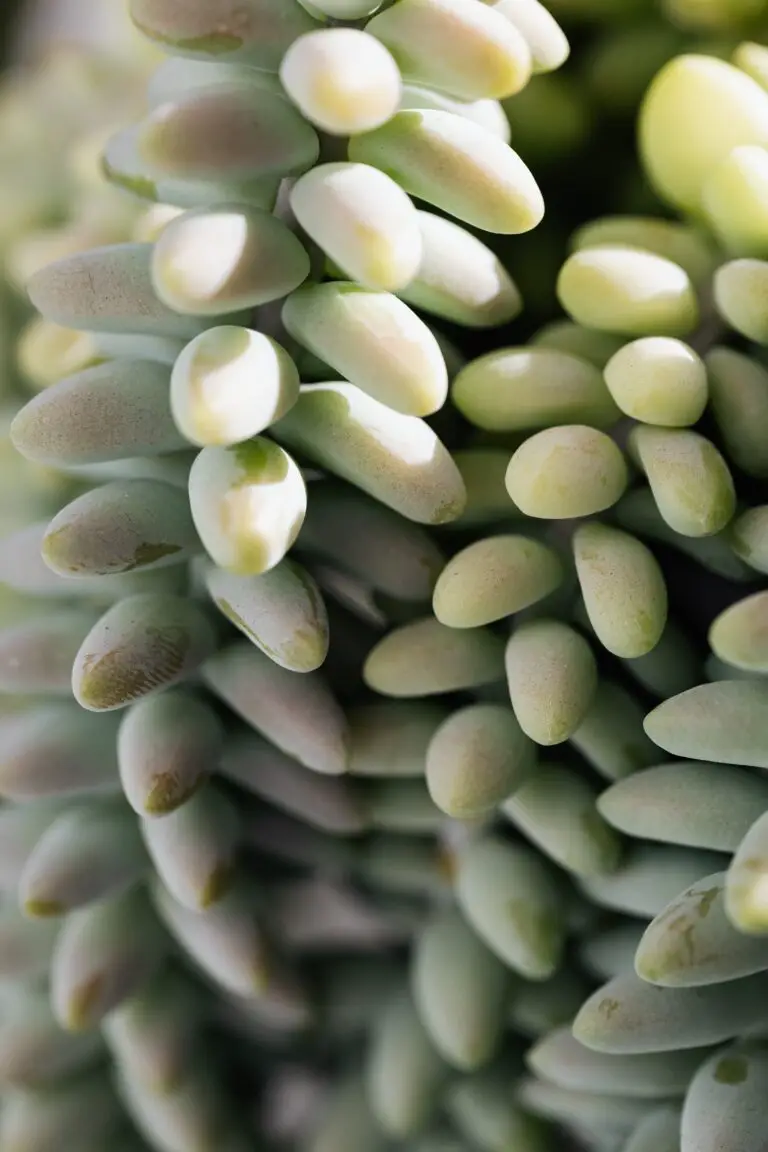
From the rolling hills adorned with sedum spectabile to the potted sedums perched on an urban balcony, these plants are the unsung heroes of the water-wise gardening world. So, whether you’re a seasoned gardener or a newbie with a penchant for plants, consider sedums your ally in crafting a landscape that sings the praises of sustainability—where every drop of water is treasured, and every garden becomes a bastion of environmental stewardship.
Conclusion: Embracing Sedums in Your Succulent Garden
The journey through the enchanting world of sedums inevitably leads us to the heartwarming conclusion that, yes, sedums are indeed illustrious members of the succulent family. Their unparalleled resilience and ease of care cast them as heroes in the eyes of both novice and veteran gardeners alike. Yet, the charm of sedums transcends their hardy nature—it’s their vibrant tapestry of forms, textures, and colors that truly captivates the soul and embellishes our green spaces.
Imagine a low-maintenance garden that thrives, bringing joy and color year-round; this is the gift of integrating sedums into your landscaping tableau. Whether you are crafting a rooftop garden resilient to the harsh sun or a quaint patch in your backyard, sedums stand as steadfast companions, braving the elements and demanding little in return. From the plush, verdant mounds of ‘Autumn Joy’ to the delicate cascades of ‘Burrito,’ sedums offer a cornucopia of choices for every garden design.

Let us not forget the ecological boons of welcoming sedums into our gardens. These robust plants are a haven for pollinators, offering sustenance to bees and butterflies alike when other sources are scarce. With sedums, your garden transforms into a sanctuary for these vital creatures, fortifying the ecosystem while you revel in the kaleidoscope of winged visitors.
So, we circle back to the luring query, “Are sedums succulents?” With every stonecrop that finds its way into our hearts and our gardens, the answer resonates with increasing clarity. Indeed, sedums are not just succulents—they are the unsung heroes, the versatile allies, the unrestricted innovators of the succulent world. Embracing them in your succulent garden means embracing the opportunity to craft a living artwork that is as resilient as it is enchanting. It’s time to make room for sedums and watch your garden flourish with their enduring charm.
Frequently Asked Questions
Got questions about our fleshy friend, the sedum? You’re not alone! With species that sway from the sun-kissed crests of rock gardens to the cozy confines of indoor terrariums, it’s no wonder these versatile succulents spark curiosity and a bit of intrigue.
But first things first, let’s clear the air: Are sedums succulents? Indeed they are! These resilient plant pals store water in their plump leaves, making them part of the succulent squad. Now, with that mystery put to rest, let’s dive into the nitty-gritty of sedum specialties.
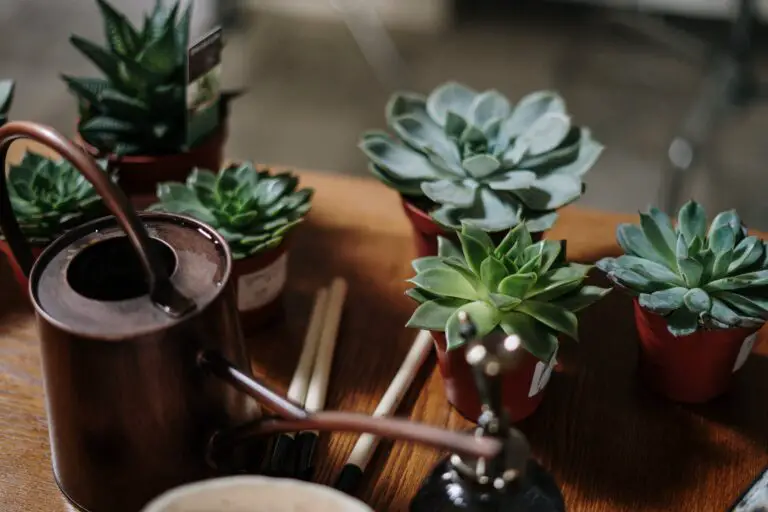
Care and Keeping: All Things Sedum
Caring for sedums is a walk in the park—or should we say, a stroll through the rockery? These low-maintenance lovelies crave minimal watering, basking in dry conditions like a lizard on a sun-soaked stone. Forget the fret of overwatering; your sedums thrive on neglect.
When it comes to species selection, there’s a smorgasbord of sedums to suit your fancy. From the ground-gripping ‘Dragon’s Blood’ to the lofty ‘Autumn Joy’, these succulents come in all shapes and sizes.
Landscaping with Sedums: A Stonecrop Oasis
In the world of landscaping, sedums are the quiet achievers. Imagine a tapestry of textures sprawling beneath your feet, a palette of greens, reds, and golds that shift with the seasons. Sedums can edge walkways, blanket rock walls, and even green-up green roofs with their living, breathing splendor.
Oh, and seasonal concerns? Sedums laugh in the face of winter’s chill. These hardy troopers boldly bear frosts and snow, then burst back in spring, fresh as daisies. They’re the phoenix of the plant kingdom: down for a moment, but never out.
Common Issues: The Sedum SOS
Even the toughest succulents have their bad days. If your sedum starts throwing a fit—shedding leaves or looking a tad under the weather—take a closer look. Is it too damp? Too dark? Whisper some sweet nothings and tweak its care accordingly; your sedum will be back to its plump, perky self in no time.
So, whether you’re a seasoned green thumb or a budding plant enthusiast, sedums offer a world of possibility for your gardening adventures. They’re not just succulents; they’re survivors, adaptors, and little green wonders of the natural world.



